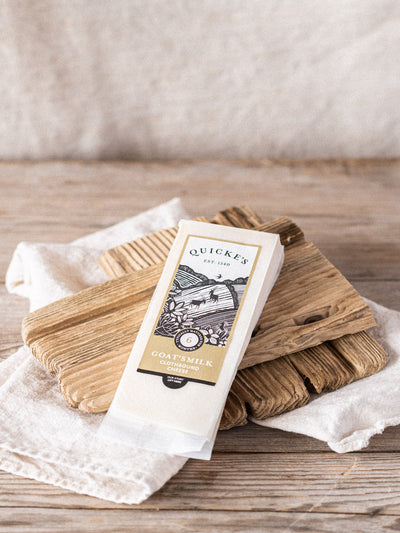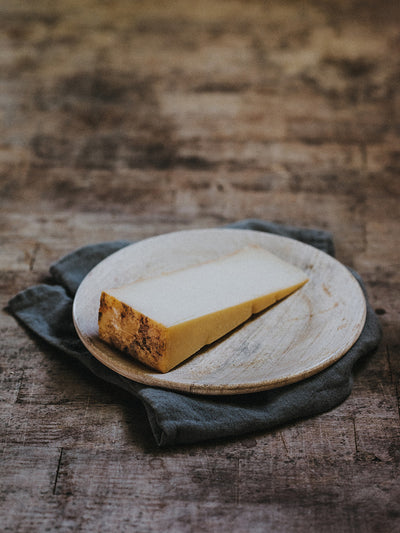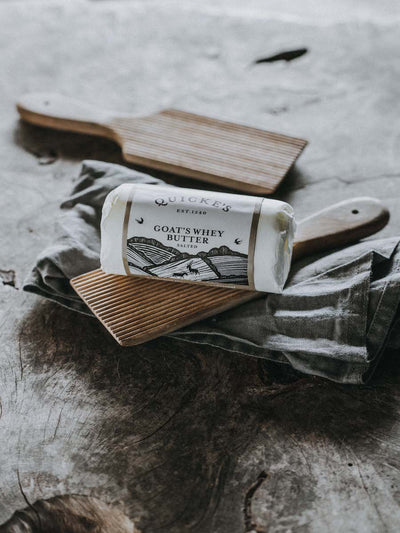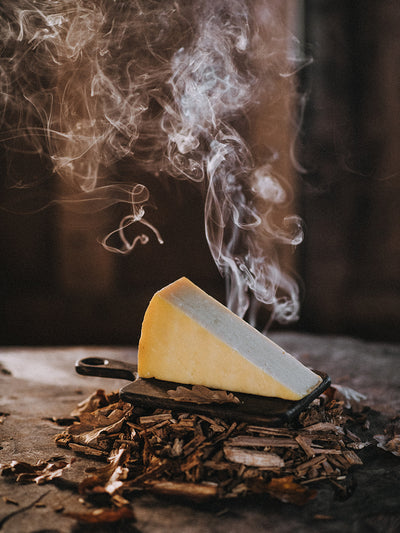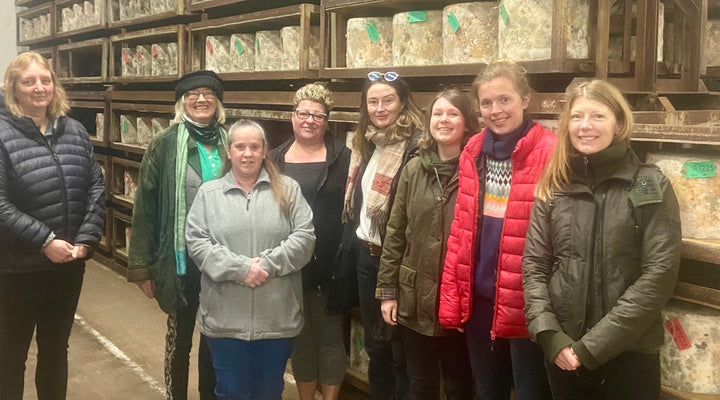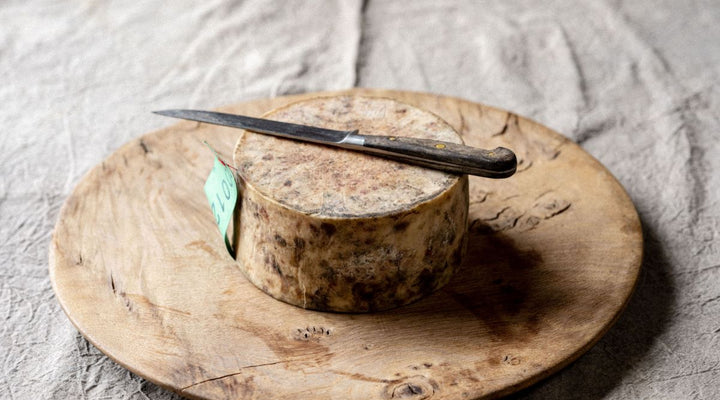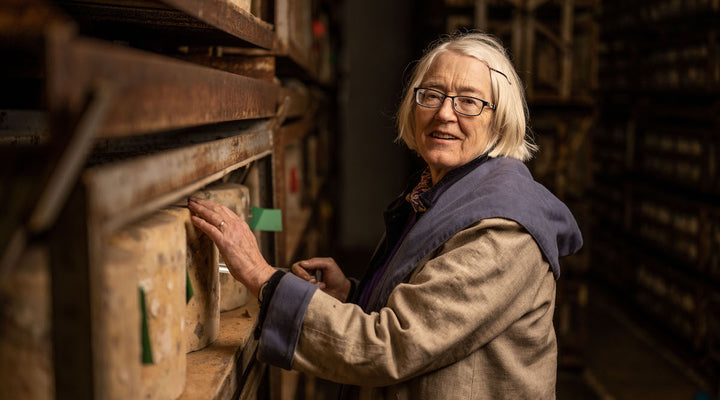Nature
Slowly, over the years, I'm starting to see the point of autumn. I've always loved its mists and mellow fruitfulness, the orchards and hedges concentrating the maturing sun. Now I'm starting to appreciate the slowing of the dynamo of growth. One last burst as the rain hits the warm soil, but the sun’s immutable course will slow everything down by the end of the month. Time to catch up, take stock, draw breath.
The house martins start meeting up on the telephone wires in the front of the house, chatting ceaselessly as they do. Are they chatting about the journey to Africa they are about to take? Extraordinary that no-one really knows where they go. The Red and Fallow males distractedly jump through the hedge in front of my car. Watch out, as I slow to let them get out of the way.
Arable
The wheat and barley fields are harvested now. We leave them to germinate the weed seeds and the small grain that went over the back of the combine harvester, good pickings while it lasts. We leave some fields to the spring to cultivate so that they aren't stripped of feed for farmland birds all at once. That costs us yield. That's funded at the moment by European schemes. No wonder farmers and wildlife experts are keen to see those schemes continue in the future. We don't want to reverse all the environmental ground we've taken in a free market hard scrabble for yield just to keep us in business.
Grass
The grass is growing in the autumn flush. It's less rich than the spring flush, with the sun that bit lower in the sky. We need to feed some cake in the parlour or the cows would fill up on the less nutritious grass and be a little short of goodness.
Cows
The autumn cows have just calved, their yield is climbing to its highest, and their bellies have yet to expand fully to take the space just vacated by the calf, so we need to help the girls along or their drive to milk will outstrip their ability to eat. They always drop a bit of weight at this time, which is natural, and we take care it's not more than works for their health.
Their calves are thriving on the grazed grass. It's a beneficent time of year. The calves still have milk, now made up milk powder. Raw milk could transfer some of the dreaded lurgies from mothers to daughters. As a nation of dairy farmers, we want to eradicate several persistent diseases, not only for the animals’ benefit but also as far as possible to avoid using any curative antibiotics that human beings need to protect ourselves. We've been successful in using mint essential oil to minimize mastitis. We need to weigh up protecting our cows from fly strike when they are grazing around our beautiful and lush woodland, with reducing protective treatments. It's all a balance and we learn as we go along.
The older heifers are growing well. This year, every group is at the right weight, and glowing with health. We want to get them to the right weight before we serve them in November to calve next August. They've grown well on grass only once they've been weaned, a triumph of care of the animals and getting nutritious grass in front of them.
Dairy
I think September milk produces some of my favourite cheese; rich, balanced and creamy. The cows are in a good milking groove, the days aren't too hot in the cheese dairy, the moisture comes out of the curd easily, and the humidity in the maturing rooms creates just the right moulds on the cheese.
We are replacing our butter churn: the last one conked out a few weeks ago. We need to go to Italy to buy machines of the right size and quality. They know about artisan food production, without the size and bells and whistles of UK machines, designed for vast factories where people stand at computer screens, rather than handling food. People provide the attention and intention to produce great food.
MARY QUICKE

